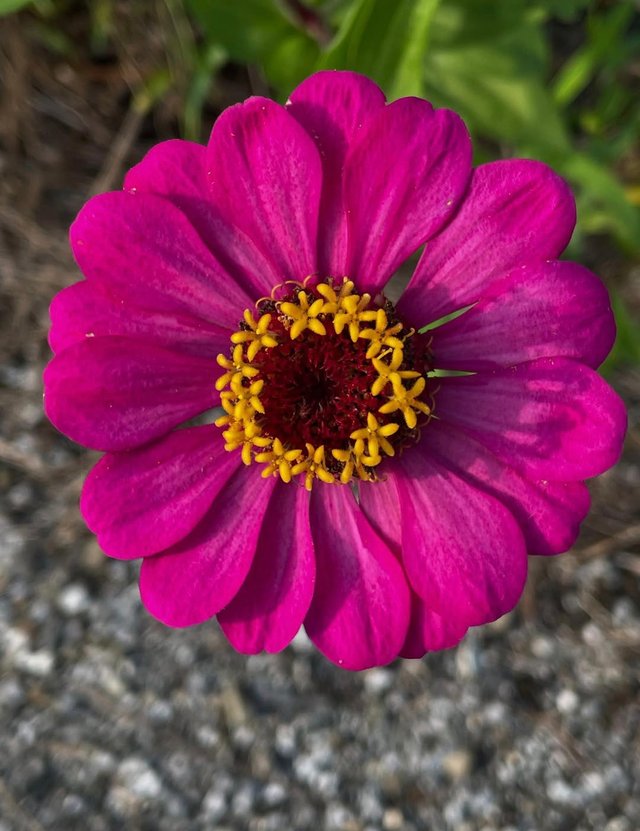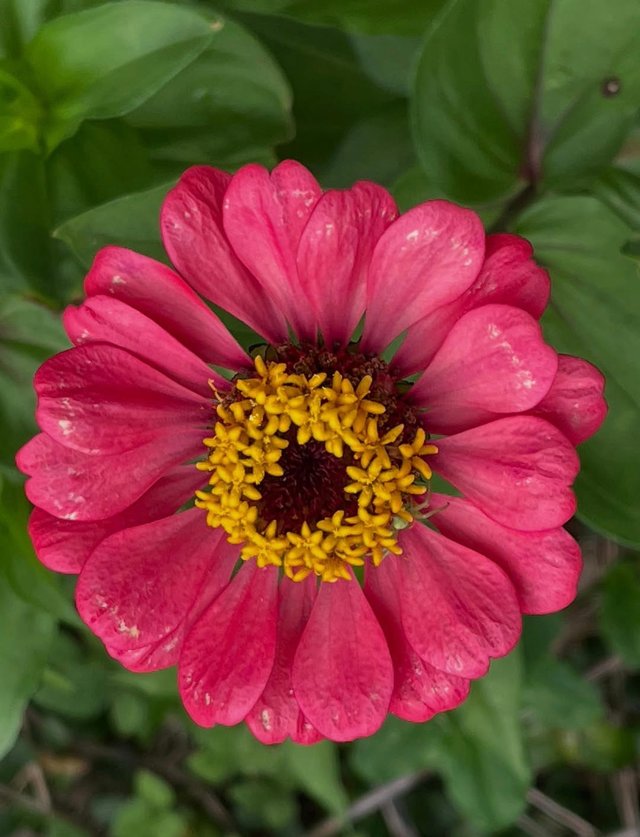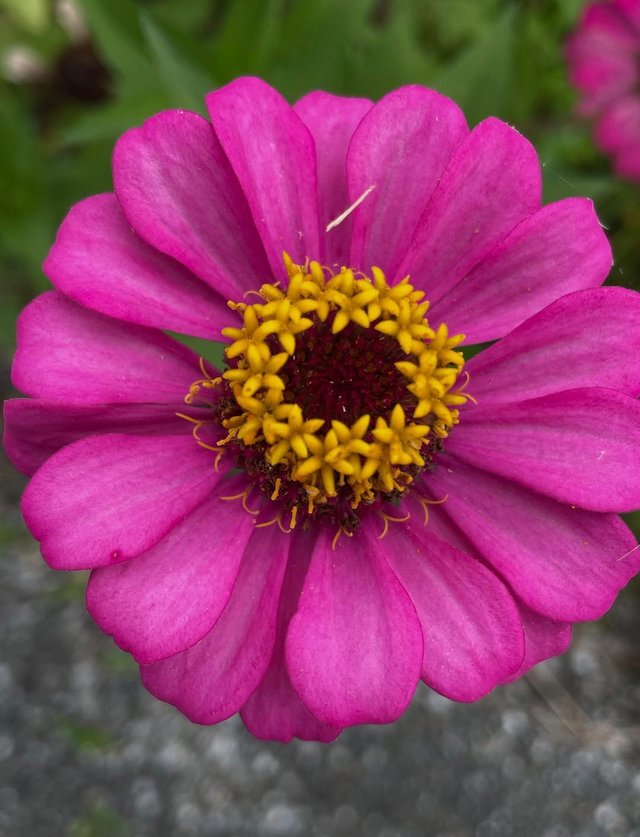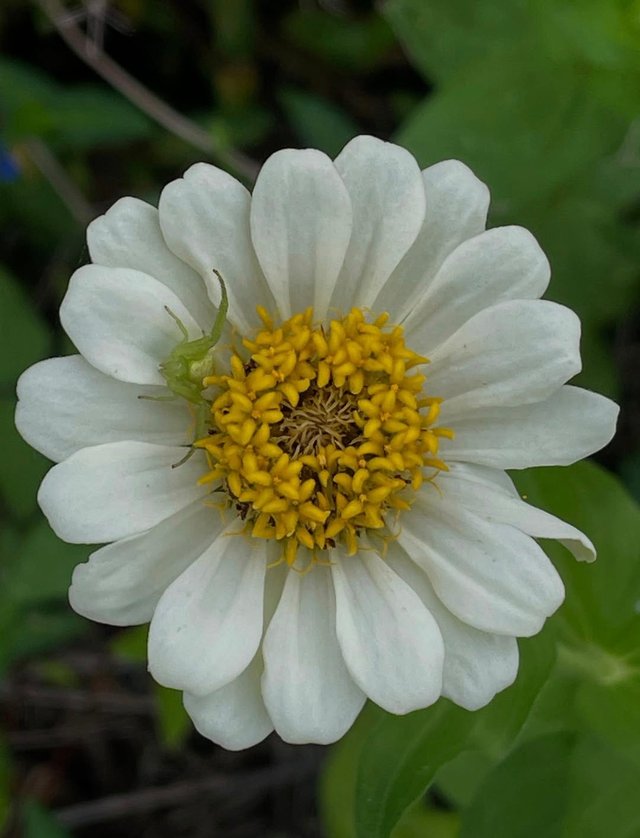Common zinnia Flower
Common zinnia,is one of the most popular and widely cultivated annual flowering plants admired for its vibrant colors, resilience, and ability to brighten up gardens with minimal care. Native to Mexico and Central America, the common zinnia belongs to the Asteraceae family, which also includes sunflowers, daisies, and marigolds. It is a hardy, sun-loving plant that has become a staple in ornamental horticulture across the world due to its adaptability to different climates and soil conditions. The plant grows upright and bushy, reaching heights ranging from 15 cm to over a meter depending on the variety.
The leaves are opposite, lance-shaped, and slightly rough in texture, giving the plant a robust appearance. What makes the common zinnia remarkable is its striking flower heads, which come in a dazzling array of colors such as red, pink, purple, yellow, white, and orange, often with multi-toned or bi-colored patterns. The flowers are daisy-like or dome-shaped depending on the cultivar, and they can be single, semi-double, or fully double with multiple layers of petals that radiate beauty and charm. Blooming abundantly from late spring until the first frost, zinnias provide continuous color and are excellent for cut flowers as they last long in vases without wilting quickly.
Common zinnia has earned great value not only for its ornamental appeal but also for its ecological importance. The bright blooms attract a wide variety of pollinators including bees, butterflies, and hummingbirds, making them a favorite plant for pollinator-friendly gardens. Monarch butterflies, in particular, are strongly drawn to zinnias, making the plant a beneficial addition for supporting biodiversity. Gardeners often use zinnias as companion plants, as their presence can deter pests while simultaneously inviting beneficial insects. Zinnias are also resistant to deer and rabbits, which further enhances their usefulness in diverse garden settings. They are widely cultivated in garden beds, borders, containers, and even as mass plantings in large landscapes due to their vibrant display and easy maintenance.




